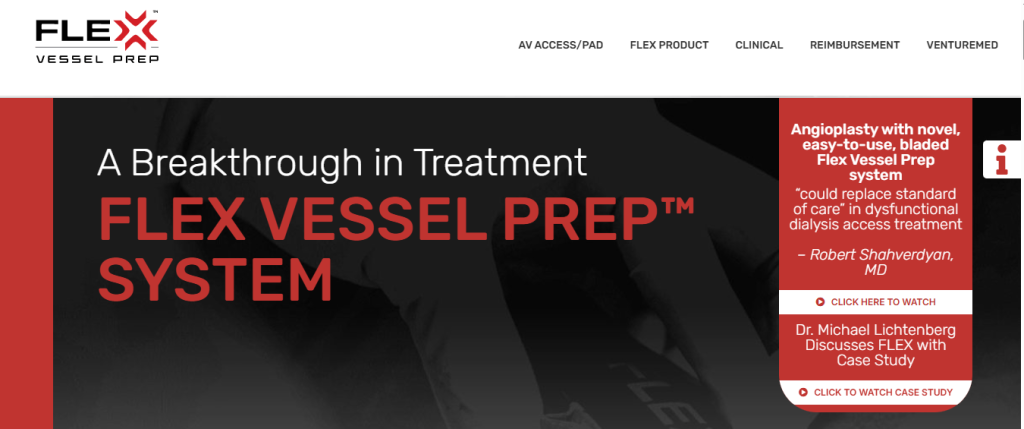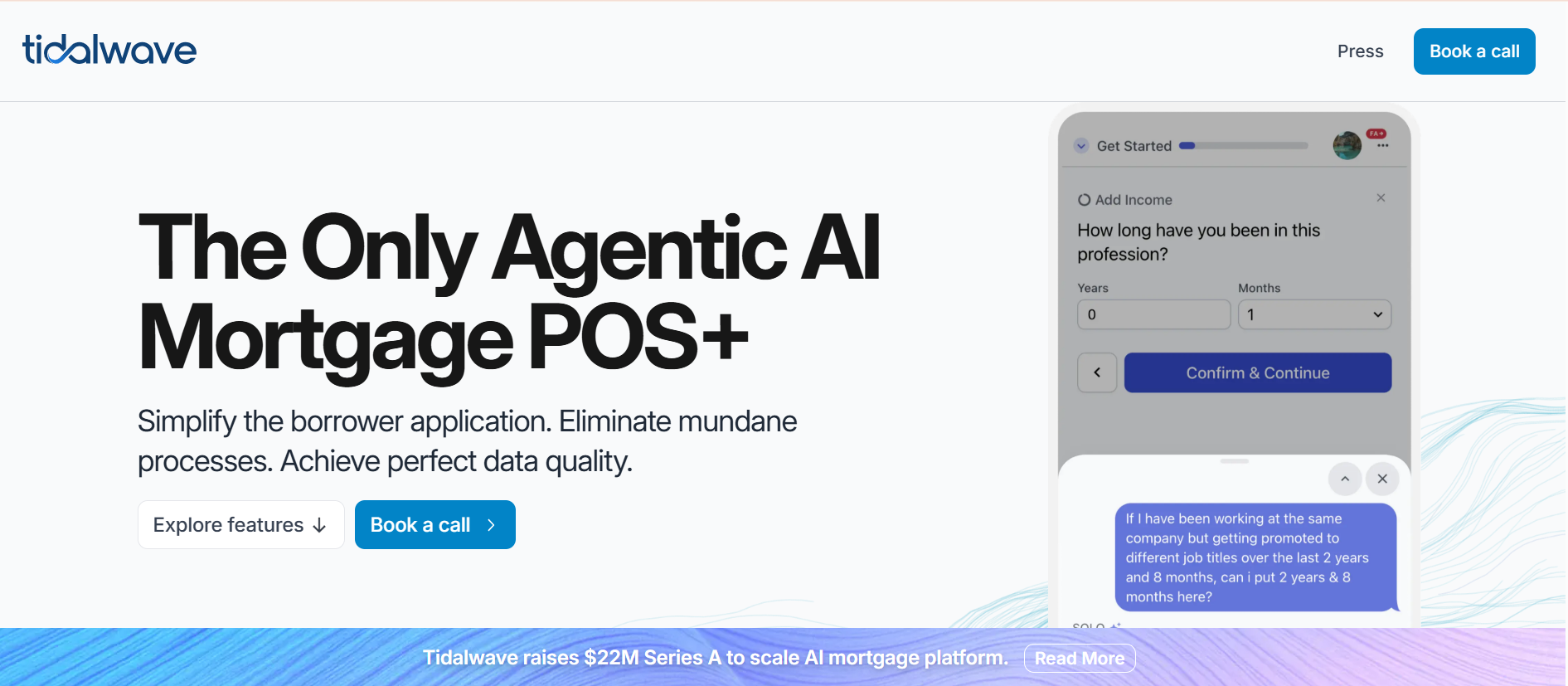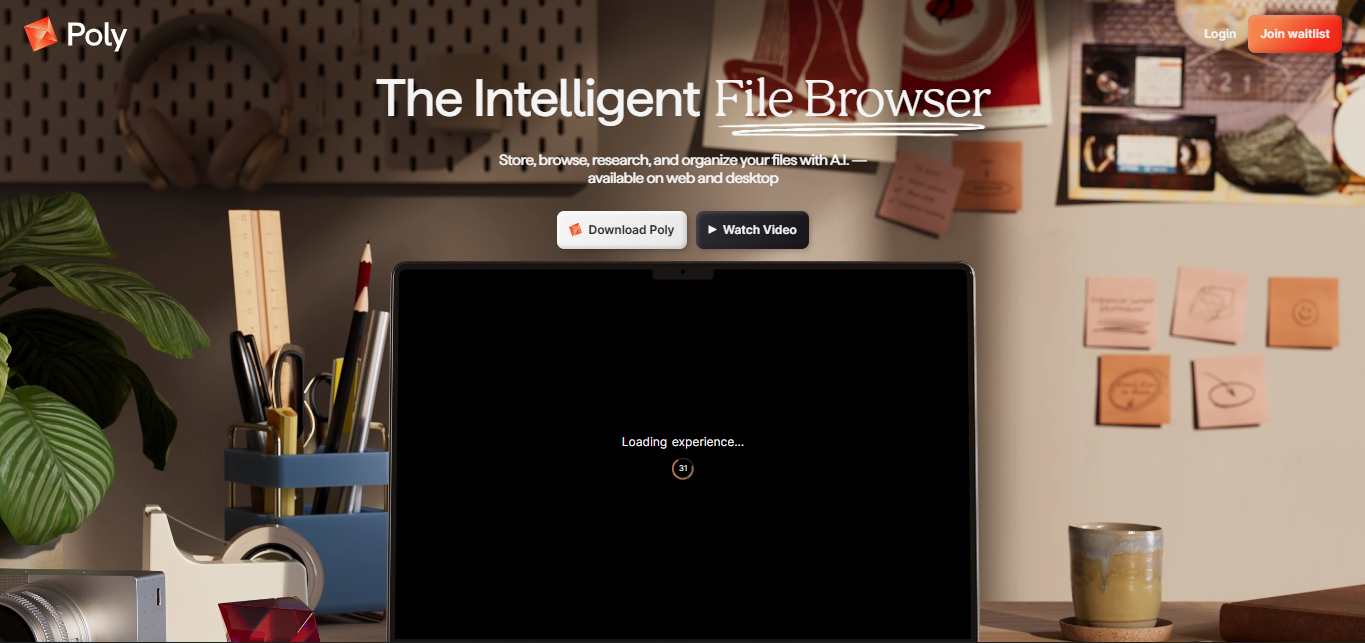VentureMed Inc. Raises $28 Million in Series C to Transform Vascular Intervention
November 2, 2025
byFenoms Start-Ups

VentureMed Inc., the medical device company redefining how vascular procedures begin, has secured $28 million in Series C funding, led by S3 Ventures with participation from Endeavour Vision. Under the direction of CEO Denis Harrington, the company is accelerating commercialization of its FLEX Vessel Prep System - an endovascular solution that uses controlled micro-incisions to prepare vessels for treatment, improving outcomes while reducing complications and repeat procedures.
The FLEX Vessel Prep System has already earned FDA 510(k) clearance, CE Mark approval and a dedicated reimbursement pathway, positioning VentureMed not as a new device, but as a catalyst for workflow change in vascular care. While the medtech landscape is crowded with marginal improvements, VentureMed is challenging a foundational assumption: that vessel prep must be aggressive to be effective. Their approach is elegant - instead of forcing plaque aside, FLEX prepares the vessel to respond.
Defining a New Standard in Vessel Preparation
Traditional intervention tools rely on compression or atherectomy, which stretch or remove plaque mechanically. These methods can be traumatic, inconsistent and costly due to repeat histories of restenosis - where vessels re-narrow over time. VentureMed addresses this core problem by enabling controlled vessel compliance through micro-incisions. With better vessel preparation, clinicians can deliver therapy more predictably, reducing downstream costs and procedure burden.
At its core, VentureMed is changing the conversation from “fixing the vessel” to “preparing the vessel to heal.” That philosophical shift resonates with clinicians tired of reactive interventions and interested in durable outcomes. While many medical devices attempt to treat what is visible (the blockage), VentureMed targets what determines long-term success (vessel compliance).
A Platform Play, Not a Single Device
VentureMed didn’t build FLEX as a niche tool - they built it as a platform. The company’s strategy is to anchor its technology across multiple vascular treatment environments, beginning with peripheral arterial disease (PAD) and arteriovenous (AV) access in dialysis patients. These markets are massive, clinically urgent and historically underserved. As adoption expands, VentureMed intends to move deeper into adjacent indications, becoming a category standard rather than a point solution.
But what separates VentureMed from typical medtech growth paths is how strategically it sequenced its development. Instead of focusing solely on engineering, the company built reimbursement and clinical validation in parallel. They didn’t wait for demand before designing defensibility - they baked defensibility into the product.
This is where most founders hesitate: they assume scaling starts after clinical proof. VentureMed scaled toward proof. They secured the regulatory pathway, reimbursement and clinical backing before they went into aggressive commercial expansion. That sequencing shortened their time to adoption and strengthened their bargaining power with stakeholders.
A lesson emerges here for founders building anything regulated or clinically evaluated:
Don’t build momentum and then seek validation.
Build validation that creates momentum.
Most startups ask the market for permission.
VentureMed engineered inevitability.
Deep Insight for Founders Embedded in Medtech Strategy
Many medical device companies try to win by adding features. VentureMed is winning by reducing friction. Instead of overwhelming clinicians with a new learning curve, the FLEX system fits seamlessly into existing workflows. Instead of trying to replace a modality, VentureMed enhances it. That positioning shifts the conversation from adoption resistance (“Do we need this?”) to adoption inevitability (“Why wouldn’t we use this?”).
The real unlock is this: VentureMed didn’t just design a product that works. They designed a product that makes everything around it work better.
Startups that shift systems outperform startups that ship devices.
Investor Confidence and Strategic Alignment
The funding consortium reflects strategic alignment rather than opportunistic investment. S3 Ventures brings deep experience scaling category-defining devices into mainstream adoption. Endeavour Vision has backed multiple medtech companies that became international leaders. They invested not because FLEX works - but because it changes the economics of vascular care. When a device reduces complications, improves outcomes and cuts procedure frequency, its value is undeniable. Founders often chase differentiation through novelty, but investors chase adoption through necessity. VentureMed sits firmly in necessity.
A Market Ready for Better Outcomes
The vascular intervention market is reaching a tipping point. Peripheral arterial disease affects over 200 million people globally. Recent market analysis projects that the global peripheral arterial disease market will grow from approximately USD 7.3 billion in 2024 to around USD 11.3 billion by 2033, driven by aging populations and chronic disease rates. The broader market for peripheral vascular devices is estimated to grow from roughly USD 10.4 billion in 2024 to USD 16.9 billion by 2033, reflecting a shift toward less invasive, durable endovascular solutions.
Meanwhile, vascular access for dialysis - one of FLEX’s core applications - continues to rise, with the vascular access device market projected to reach over USD 14 billion by 2032. Providers are under increasing pressure to reduce repeat procedures, lower costs and prevent restenosis.
Healthcare systems are no longer searching for devices that simply perform. They are searching for devices that reduce the need for additional interventions.
The need for durable outcomes is not hypothetical. It already exists.
What’s Next for VentureMed
With $28 million secured, VentureMed is scaling commercial operations, expanding clinical studies and accelerating entry into new vascular applications. The company is preparing to grow beyond early adopters and move into standard-of-care consideration - the inflection point where medtech shifts from availability to expectation.
VentureMed isn’t expanding distribution. It’s expanding reach.
It isn’t improving a device. It’s redefining a category.
Final Thoughts
This raise is more than capital - it’s validation. VentureMed is not just improving a procedure; it’s altering how procedures begin. By prioritizing clinical proof over promotional noise, designing technology around workflow rather than novelty and shaping a platform instead of a SKU, the company is positioned to become a structural part of vascular care.
In an industry that rushes to solve symptoms of vessel resistance, VentureMed is solving the starting point.









